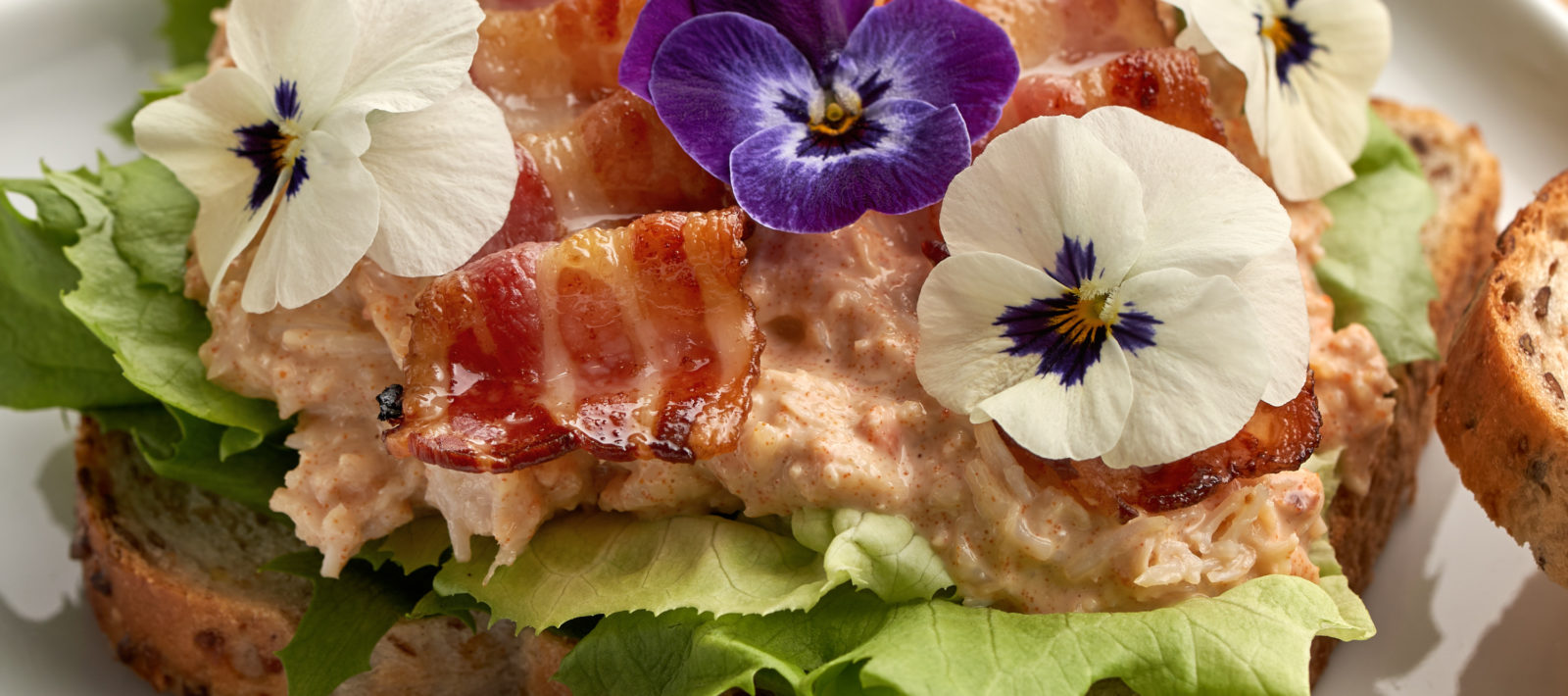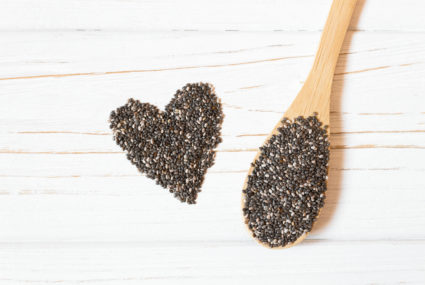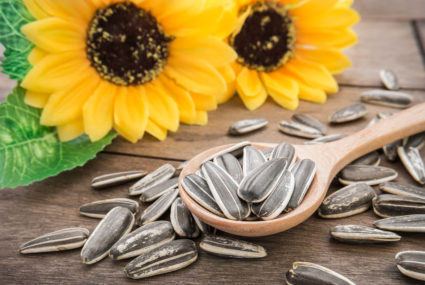Flowers add undeniable beauty to our gardens and our homes, but there’s something about adding them to food that excites the senses and gets our taste buds going! Sprinkled on salads, infused in a tea or artfully placed on cakes they add flavour, colour and texture.
There is a long history of flowers being used in cooking and for medicinal purposes too – just like any edible plant, they are rich in vitamins and minerals. There has been a recent resurgence in using edible flowers with Michelin star chefs using them to add flavour and beauty. And the move towards seasonal eating has of course brought flowers back onto our plates.
Whether you want to go foraging or grow your own edible flowers in pots or the garden, we have some tips to make you feel inspired to get started.
Some of our favourites
Viola Tricolor
Of all the edible flowers, the humble viola is possibly the most pretty. They have a slightly peppery taste and are often seen scattered over salads or desserts. In the last few years, there have been many Instagram posts featuring stunning cakes adorned with dried violas too. You can even place them into ice cube trays to add some interest to your summer drinks!
Violas can be sown from early Spring onwards, and seem to pop up everywhere in the garden for years to come.
Echinacea
Known to boost our immunity and help fight illnesses, echinacea is one of the best flowers to grow in your garden. Our founder Alfred Vogel was introduced to this wonderful flower by the Sioux Native Americans which made him realise the power of nature to enhance our health. It has a strong, almost bitter flavour that works brilliantly in a tea by steeping the leaves. In herbal medicine, the whole plant can be used.
Echinacea is a strong plant that will come back year after year and the seeds can be sown in March and April.
Rose
A rose bush is always a great addition to any garden! In Turkish cuisine, rose water and rose petals are added to many dishes. Rosa Rugosa and Rosa Canina are easily cultivated in the garden but look for any with a strong scent to make an impact. Rose petals can be crystallised or infused into honey, jam, vinegar, gin…the list goes on!
Chamomile
Easily grown in the UK, chamomile is a delicious flower that can be infused with boiled water to make a deliciously delicate tea that is known for its calming properties. Sow seeds in a pot by the front door and you’ll be greeted with the beautiful aroma every time you walk past.
Seeds can be sown anytime from March.
Nasturtiums
These bright and beautiful plants have a spicy, peppery flavour that works brilliantly as a garnish or in salads. The bold orange colour is striking too.
You can sow the seeds in pots, window boxes or directly in the ground anytime between March and May. Once the plant has finished flowering, you can collect the seeds to dry out and plant next year!
Lavender
An extremely hardy plant that doesn’t require much looking after (it thrives on drought), Lavender is a wonderful plant to get started with. It’s best used sparingly but adds an interesting flavour to both sweet and savoury dishes from ice cream to meat in a Herb de Provence.
Sow seeds under cover from March to flower all summer long.
Wild Garlic
This one isn’t usually grown in gardens unless there is plenty of tree cover, as wild garlic likes shelter. It’s a real treat to find a patch of a forest blanketed in wild garlic. You can identify it by its small white flowers, leaf shape and of course the amazing smell that’s impossible to miss. You can gently sautee the leaves and serve with any meal, or mix with other herbs to make a delicious pesto.
Wild garlic season starts in early Spring.
Elderflower
If you’re lucky enough to have an Elder tree in your garden, or if you can find one that hasn’t been exposed to road pollution, then you can take advantage of the flowers that bloom in late Spring and early Summer. Not only do they smell amazing, but they’re also thought to help fight hay fever and cool the body in hot weather.
You can make your own elderflower cordial to enjoy in cocktails or as a refreshing summer drink, or infuse the tiny flowers into sugar for sprinkling over fresh cream and strawberries.
Calendula
Calendula or Pot Marigold has been used in cooking for centuries and is thought to have many medicinal properties. It’s often used as an ingredient in skincare too.
The bright yellow flowers grow happily almost anywhere and have a delicate peppery flavour. You can add the petals to salads, butter, cream cheese or scatter over any meal as a garnish to add colour and texture.
Calendula can be sown from early Spring onwards.
Foraging Tips
- Before picking flowers to eat, make sure you have correctly identified them. Use a book or an app like PictureThis to make sure you’ve got the right flower.
- Pick flowers in the morning and on dry days when the flavour will be more intense.
- Flowers can be kept in the fridge for a few days
- Pick from an area where you can be sure there hasn’t been any pesticides used or hasn’t been soiled by dogs and cats.
Growing, picking and eating flowers is a wonderful way to deepen our connection to the natural world and enjoy nature every day!
Alfred Vogel had a lifelong fascination for nature and all the ways it can enhance our health and wellbeing. A diet filled with wholesome foods is one of our guiding principles.





